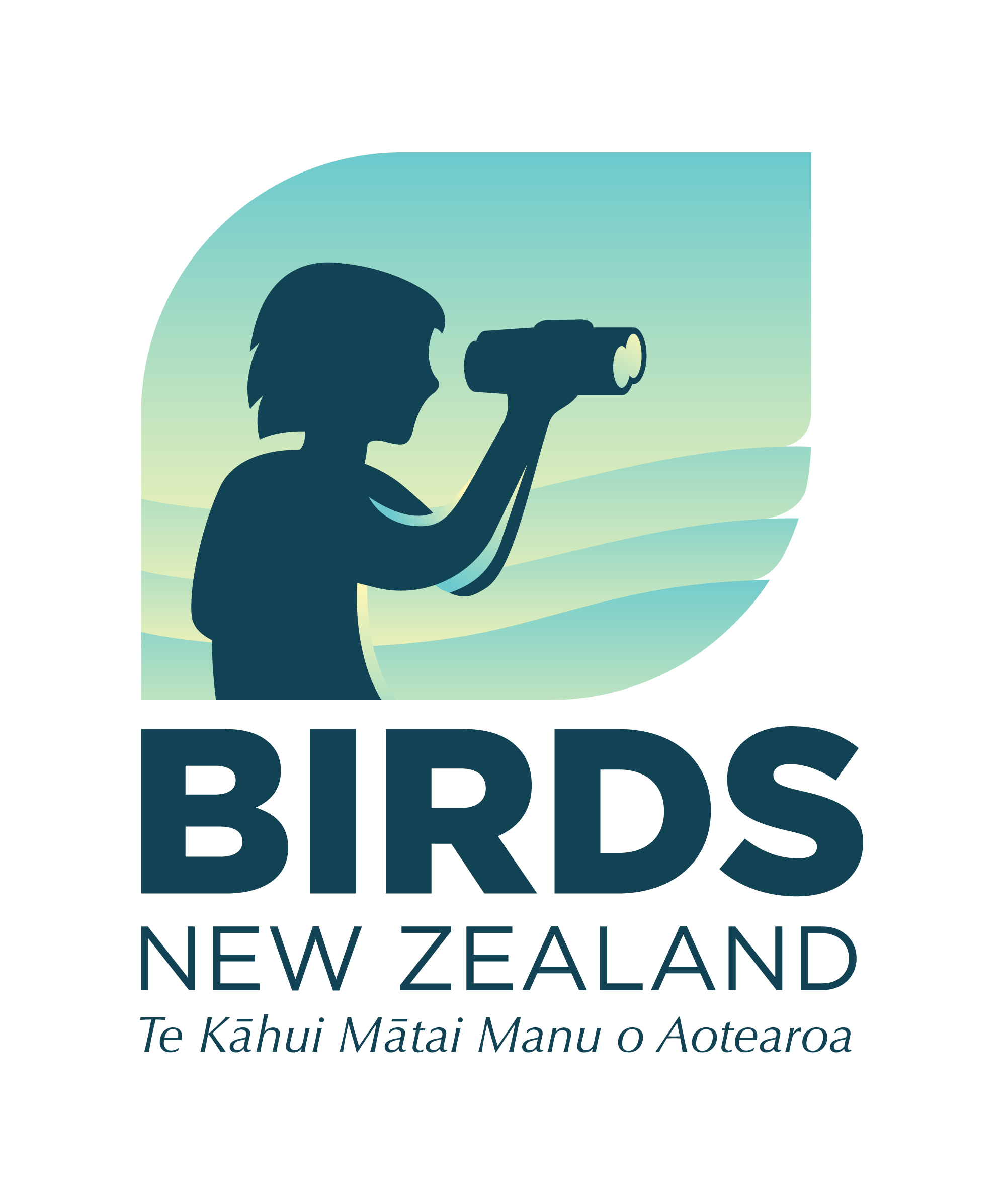Notornis, 72 (3), 167-170
Article Type: Paper
The spotted shag (Phalacrocorax punctatus) forages in coastal marine waters up to about 16 kms offshore, and typically nests in rock cavities and on ledges of coastal cliffs. Some shags roosting on the Tata Islands and perhaps at sites nearby in Golden Bay, northern South Island, come near or onshore at Tata Beach at dawn. Counts of these shags were carried out to determine monthly and annual fluctuations in numbers during the 10-year period 2009–2018. Numbers peaked in winter (May–August), the likely non-breeding season of the spotted shag in the northern South Island. Mean numbers per count per year peaked in 2009 (1037 shags), declined up to 2014 (309), and then remained fairly stable through to 2017. It is unknown whether this decline in abundance is the result of fewer spotted shags overwintering in Golden Bay after breeding elsewhere in the northern South Island, or whether the regional population has declined. Future monitoring of the spotted shag, particularly of its abundance and breeding success at colonies, would be useful so that any changes in its conservation status in the upper South Island will become evident.
